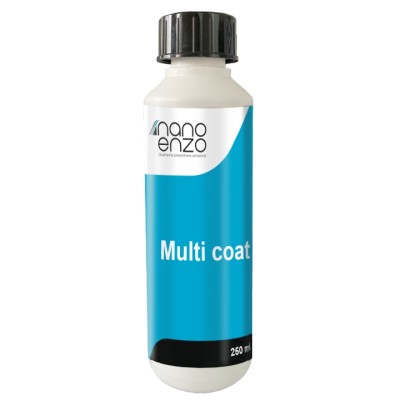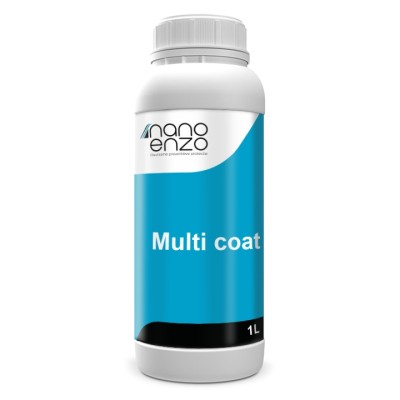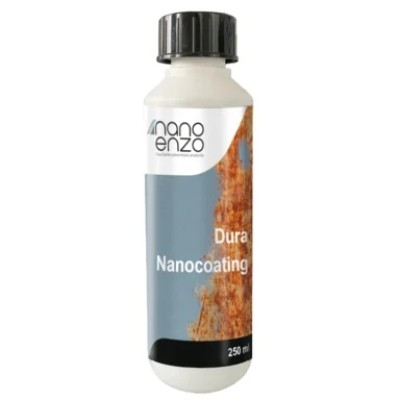You currently do not have any products in your cart.
-
Sustainability & Environment
-
Environmental Innovation
-
Premium Quality – Made in Europe
-
Ultimate Protection & Care
-
Efficiency & Cost Savings
Home Windturbines



